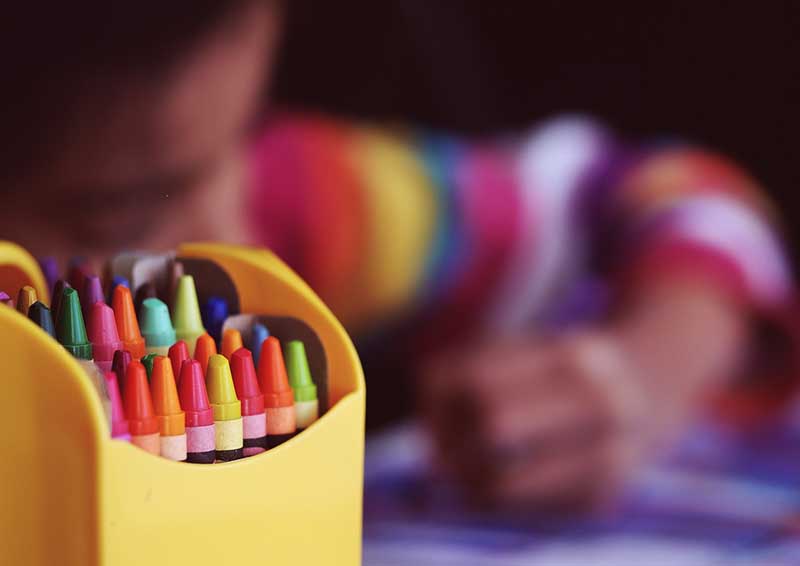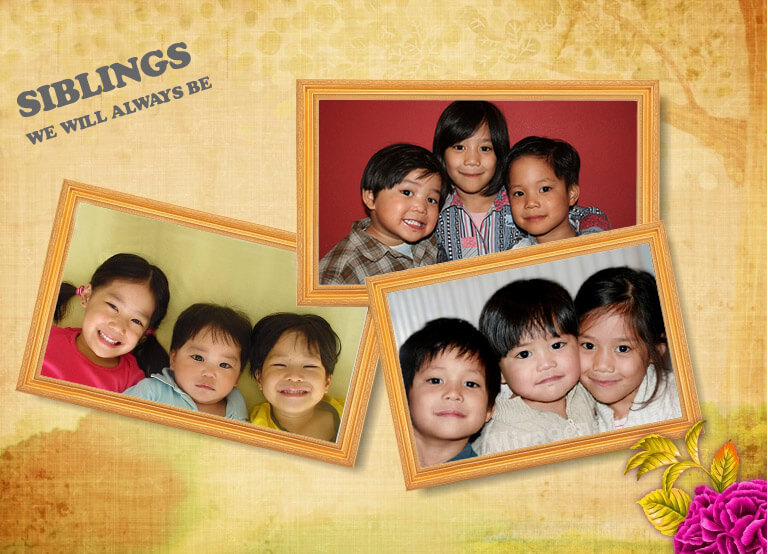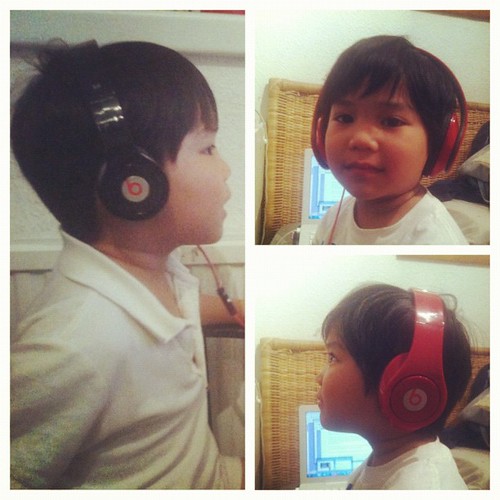Anyone walking into a Finnish school could be forgiven for thinking that the standard of education is low and that discipline is poor. Students do not wear uniforms and many go barefoot as they do at home, much like homeschooling but in actually schools; they have lounges in which to relax and are on first name terms with their teachers. And yet, according to surveys conducted by the Programme for International Student assessment (PISA), the Finnish education system is one of the most successful in the world.
PISA tests 15-year-old students in reading, mathematics and science on a three-yearly basis. Since the first tests in 2000, Finland has consistently placed high in the rankings and is on a par with the Asian powerhouses like Japan, Korea, Taiwan, China and Singapore, where the education systems are rigid and highly competitive, the very opposite of Finland’s seemingly laid back approach.
At the heart of this success lies the fact that teachers in Finland are highly motivated and that teachers are accorded the country’s top vocational status. Coupled with the comparatively good pay, this means that jobs in education in Finland are highly sought after with around 25% of Finnish youth choosing the teaching profession as their preferred career.
The Finnish school system has a number of unique features which may surprise you:
- Education is compulsory for children from seven to sixteen years of age. However, toddlers have the right to free pre-school education, where they are taught self-reliance and social skills.
- Children do not start school until they are seven years old.
- Students are not marked for the first six years of their education.
- Teachers are not rewarded with bonus schemes. However, in the society, they are regarded as highly as lawyers and doctors.
- Also, a teacher’s salary grows exponentially with seniority and experience! To find a job in education in Finland visit http://www.workinfinland.com/
- The national core curriculum is loosely structured giving teachers the freedom to place their own interpretation on the curriculum and to select the textbooks from which their students work.
- Classes are not streamed so students of all abilities are taught together. Over-achievers are not praised but struggling pupils are given all the help they need.
- Rather than being forced to memorise lessons, classwork in Finland focuses on creativity and students are taught to understand the need to learn rather than being forced to memorise lessons.
- School hours are shorter than in most countries in the developed world and homework is limited to no more than half an hour a day.
- Cooperation between students and teachers is encouraged and competition between students is highly discouraged.
- Although immigration in Finland has increased over the last few years, Finland’s assessment scores have never dropped.
- Teacher-student ratios are good, with secondary school science classes limited to 16 students so that everyone has the opportunity to take a full part in practical work.
- Education at all levels is free, including tertiary level.
- The Finnish education system is built on trust and equity, values which are taught throughout students’ education.
- College graduation in Finland has a 93% rate.
Finland’s education system may depart from the norms of Western education but, from the PISA results, it obviously has considerable merits. Those with families considering a move to work in Finland can rest assured that their children’s education will not suffer.






